Most Famous Egyptian Monuments: Have you ever wondered what makes Egypt a timeless wonderland of ancient architecture and mystery? From colossal pyramids that have stood for over 4,500 years to intricately carved temples floating on the Nile, Egypt’s monuments are not just mere monuments but they are stories frozen in stone.
Did you know the Great Pyramid of Giza is the only surviving Wonder of the Ancient World, or that the Valley of the Kings hides tombs that reveal centuries-old secrets of pharaohs? In this blog, we will explore a list of 9 most famous Egyptian monuments. Get to know about their history and fascinating facts that make each site an unmissable marvel of human ingenuity.
List of 9 Most Famous Egyptian Monuments
The table below shows Egypt’s most iconic monuments with their locations:
| S. No | Monument | Location | Established / Built |
| 1. | Great Pyramid of Giza | Giza | c. 2560 BCE (Reign of Pharaoh Khufu, 4th Dynasty) |
| 2. | Great Sphinx of Giza | Giza | c. 2500 BCE (Likely during Khafre’s reign) |
| 3. | Karnak Temple Complex | Luxor (Thebes) | c. 2055 BCE – 100 CE (Built over multiple dynasties, mainly Middle & New Kingdom) |
| 4. | Luxor Temple | Luxor | c. 1400 BCE (Reign of Amenhotep III; expanded by Ramesses II) |
| 5. | Abu Simbel Temples | Aswan (relocated from Nubia) | c. 1264–1244 BCE (Reign of Ramesses II) |
| 6. | Hatshepsut Mortuary Temple | Deir el-Bahari, Luxor | c. 1473–1458 BCE (Reign of Hatshepsut, 18th Dynasty) |
| 7. | Valley of the Kings | West Bank, Luxor | c. 1550–1070 BCE (New Kingdom royal burial period) |
| 8. | Colossi of Memnon | West Thebes, Luxor | c. 1350 BCE (Reign of Amenhotep III) |
| 9. | Philae Temple Complex | Philae Island, Aswan | c. 380–362 BCE (Primarily Ptolemaic period; earlier shrines existed) |
(Source Note: Authoritative sources include the UNESCO World Heritage Centre, World History Encyclopedia, and historical records from the Egyptian Ministry of Tourism & Antiquities. Dates reflect widely accepted estimates of construction and establishment.)
Here are the 9 most famous Egyptian Monuments:
1. Great Pyramid of Giza
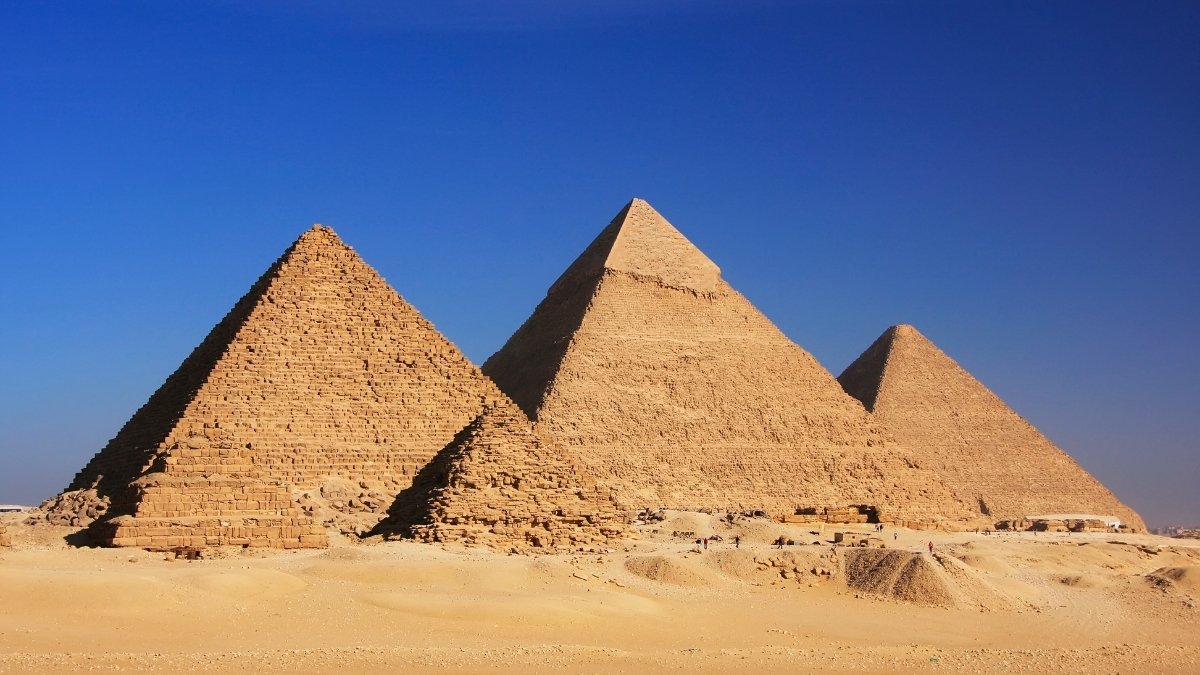
Built for Pharaoh Khufu, this is the last standing monument of the Seven Wonders. Its near-perfect geometry and massive scale continue to fascinate archaeologists.
2. Great Sphinx of Giza
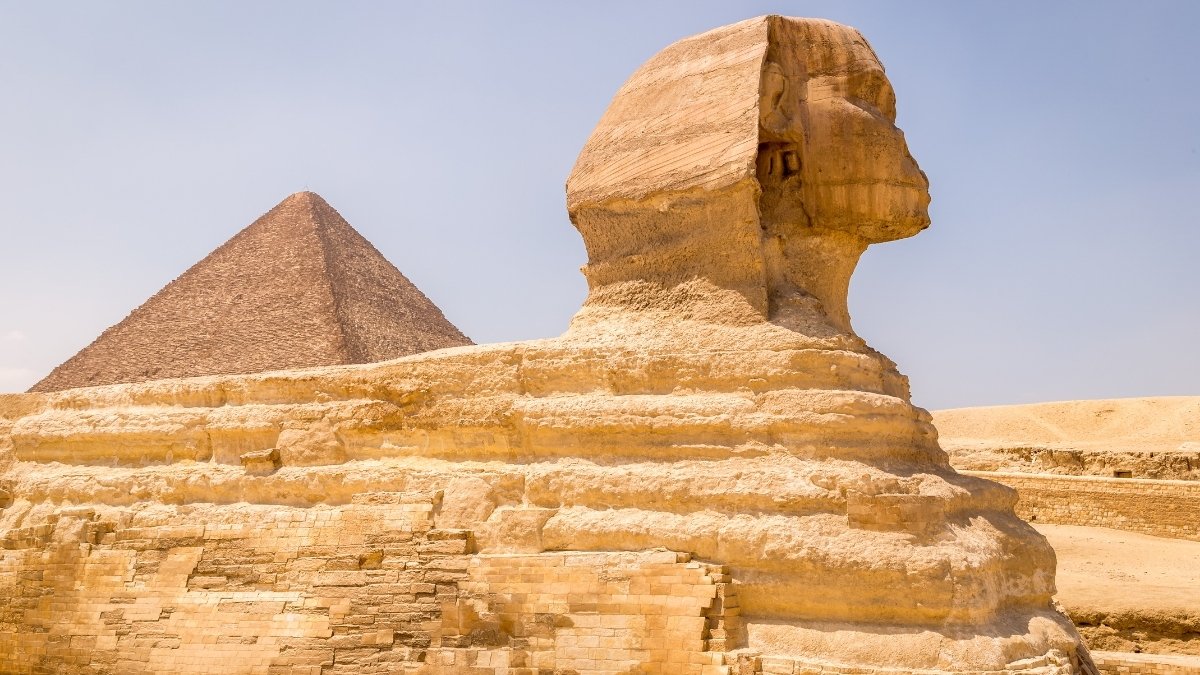
Guardian of the plateau, the Sphinx represents strength and wisdom. Its exact purpose remains debated, adding to its allure.
3. Karnak Temple Complex

Spanning over 2,000 years of construction, Karnak houses colossal columns, obelisks, and sacred lakes. This makes it one of Egypt’s most revered religious centres.
4. Luxor Temple
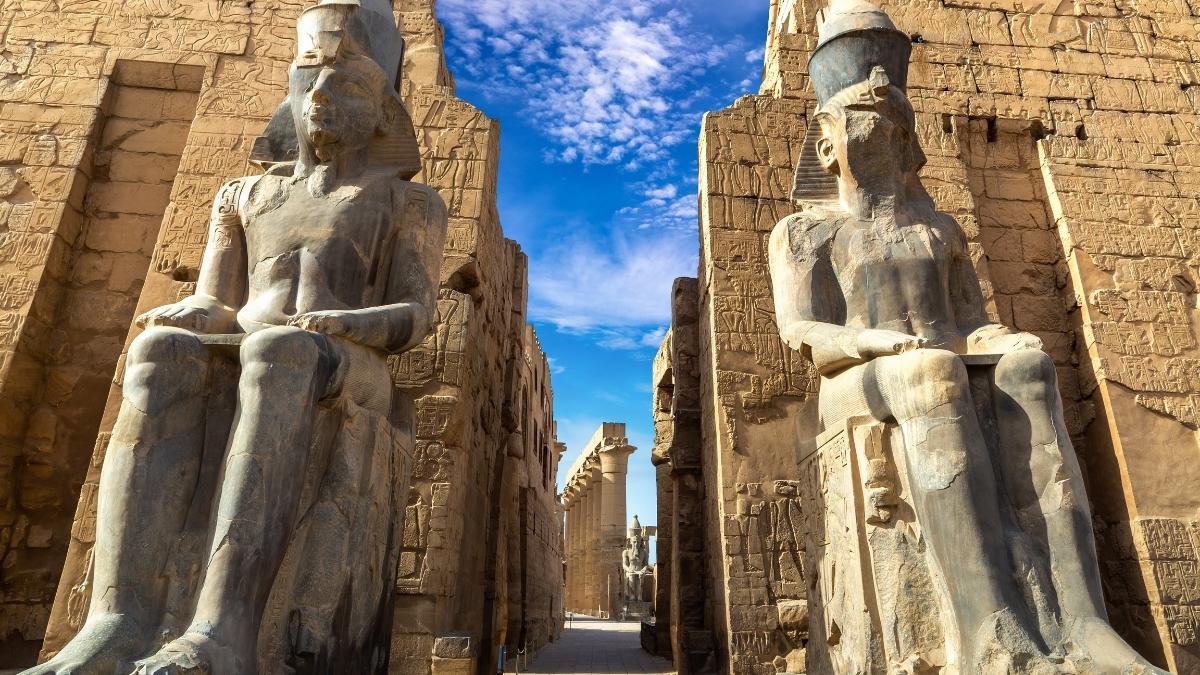
Linked to Karnak by the Avenue of Sphinxes, Luxor Temple was integral to royal rituals and the Opet Festival.
5. Abu Simbel
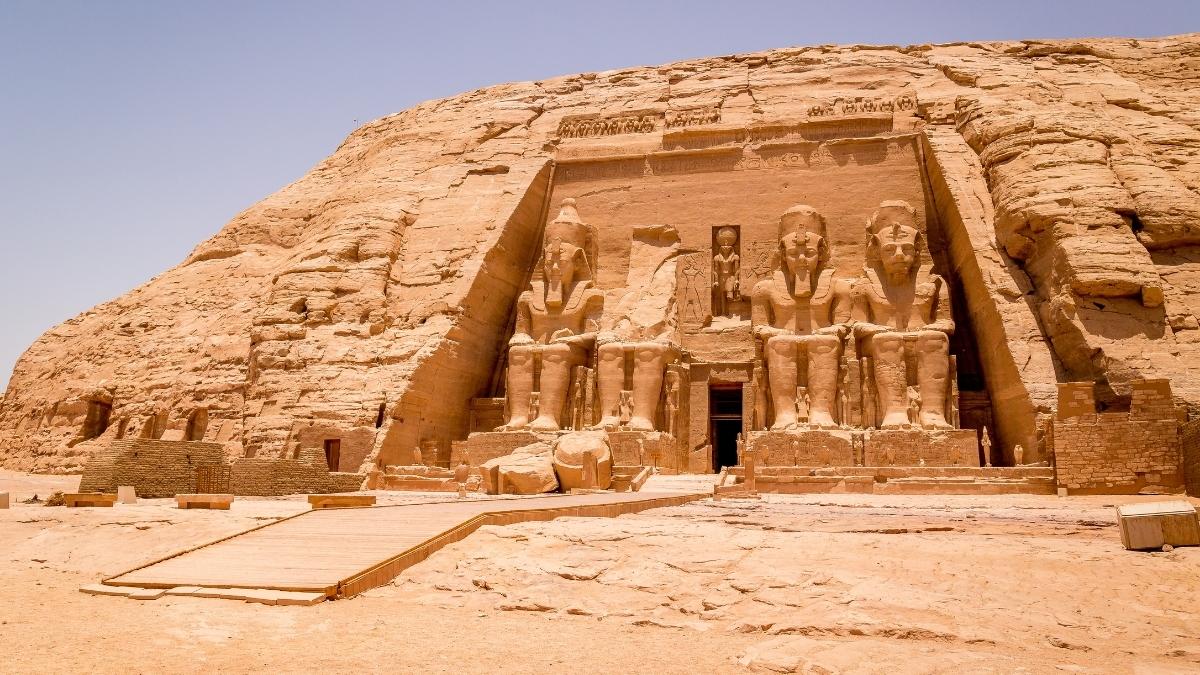
Commissioned by Ramesses II, its relocation in the 1960s to save it from Lake Nasser is considered one of the greatest archaeological rescue missions.
6. Hatshepsut Temple

This three-tiered mortuary temple blends elegantly into its limestone cliffs. It celebrates one of Egypt’s most successful female rulers.
7. Valley of the Kings
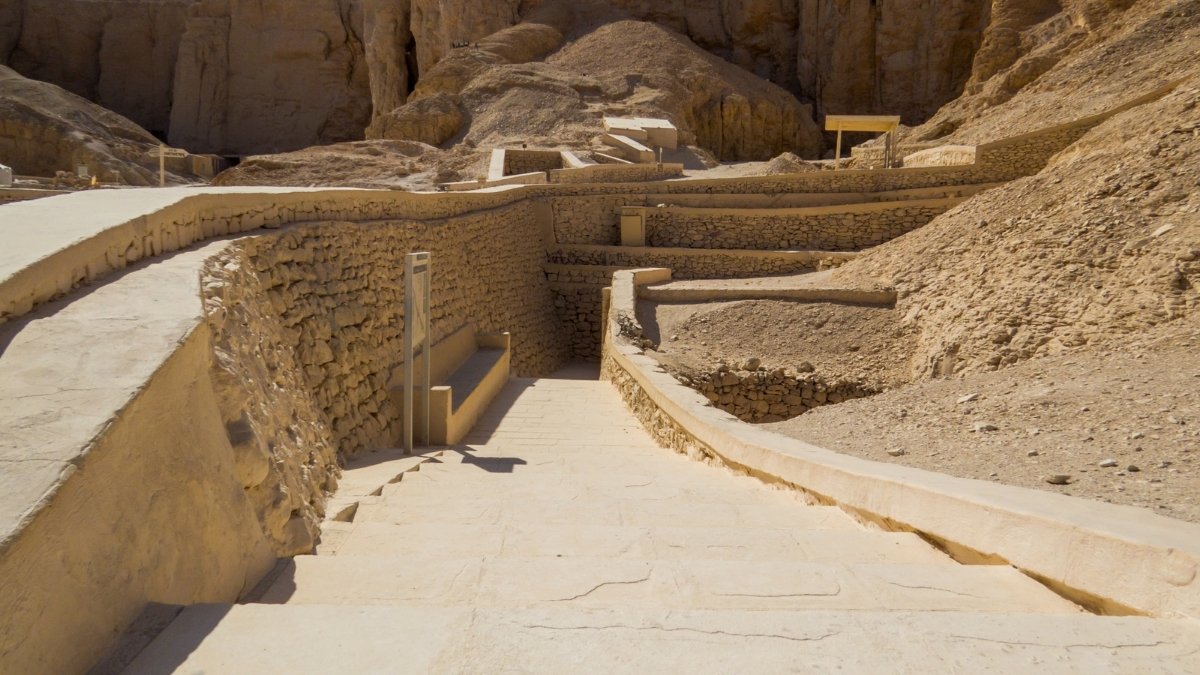
The Valley of the Kings is a labyrinth of royal tombs decorated with vivid scenes from the Book of the Dead. Moreover, it served as the burial ground for pharaohs of the New Kingdom, including Tutankhamun, and reflects Egypt’s elaborate funerary practices.
8. Colossi of Memnon
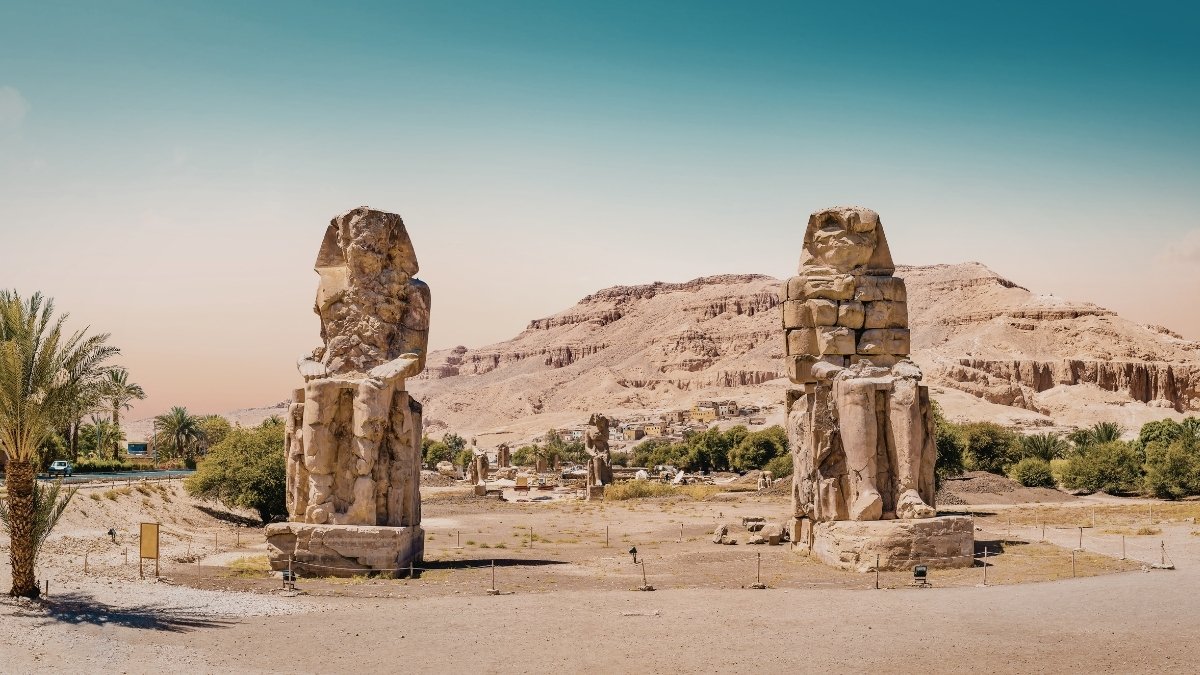
These towering statues once marked the entrance to one of Egypt’s largest mortuary temples. Each 18-metre-high statue represents Pharaoh Amenhotep III and once “sang” at dawn due to temperature changes, fascinating ancient visitors.
9. Philae Temple Complex

It is a centre of Isis worship and is admired for its harmoniously carved reliefs. The temple complex was relocated to Agilkia Island during the Aswan High Dam construction to preserve its historical and architectural significance.
Also Check Out: List of 9 Greatest Mathematicians in World History
Therefore, to conclude, each monument offers insights into Egypt’s evolving religious practices, architectural breakthroughs. The political might of the rulers becomes impactful and visible with the pyramids. They demonstrate connected divine authority with earthly power as they were built with advanced engineering far ahead of their time, while sprawling temple complexes reveal how pharaohs.
To see more of such stories, you can go ahead and add this site to your preferred sources by clicking here.
Comments
All Comments (0)
Join the conversation